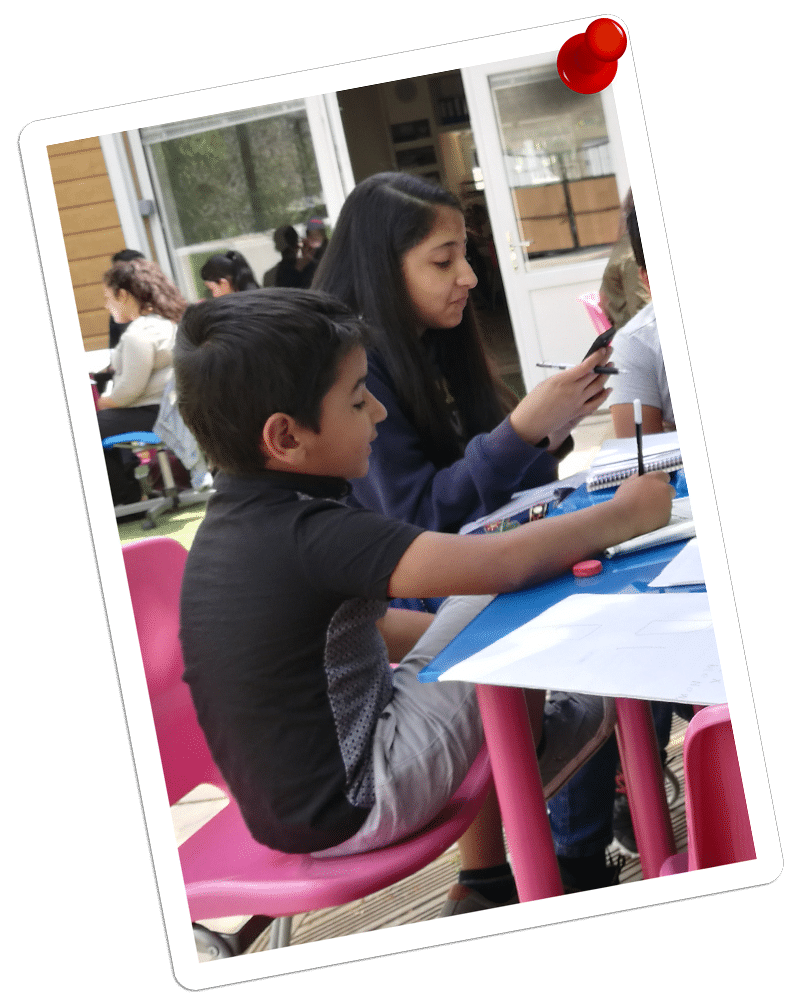The human gas exchange system
L.O to learn about osmosis and learn why it is important.
Respiration requires oxygen as a substrate and produces carbon dioxide. That means we need to get oxygen into the body and carbon dioxide out.
The main part of the human gas exchange system is the lungs, which moves air in and of the body
Air enters the lungs via the trachea (wind pipe), which then divide into bronchus and further divide into bronchioles in the lungs. At the end of the bronchioles are alveoli, which are small air sacs where the gas exchange occurs
Ventilation
A key point to remember when thinking about ventilation is that air moves from high pressure to low pressure. Pressure is directly related to volume. So when volume increases pressure and decreases and vice versa
During inhalation air moves in. For this to occur the pressure inside the lungs needs to be lower than outside
To ensure the pressure in the lungs is lower, the diaphragm contracts and flattens and therefore increases the volume in the lungs. Also the intercostal muscles, the muscles that surround the rib cage contract, this move the ribs up and out, therefore allowing the lungs to increase in volume even more
During exhalation air moves out of the body. For this to occur the pressure inside the lungs has to be greater than outside
To ensure the pressure in the lungs is lower, the diaphragm relaxes and moves upwards back into its original shape, the intercostal muscles also relax letting the ribs move down. Overall this makes the volume in lungs decrease and therefore the pressure increases so air moves out
| Inhaling | Exhaling | |
| Diaphragm | Contracts causing it to flatten | Relaxes causing it to move back to its original shape |
| Intercostal Muscles | Contract causing the ribs to move up and out | Relaxes causing the ribs to move down and in |
| Volume of ribcage | increases | decreases |
| Pressure inside the chest | decreases | increases |
| Movement of air | Air move in to the lungs | Air moves out of the lungs |
Gas exchange in the lungs
The lungs are optimized to ensure that exchange happens efficiently as possible. In the lungs the two main gases that are exchanged are oxygen and carbon dioxide. Ths gas exchange across the alveoli
Gas exchange in the lungs
The alveoli are small structures within the lungs, which resemble a hollow bunch of grapes. They help to increase surface area, they have very thin walls and have a very large blood supply. All these factors help to increase the rate of diffusion
Active transport in the human body
Active transport is used in the gut when there is a low concentration of nutrient in the gut, but a high concentration in the blood.
When there is a lower concentration in the gut and the nutrients need to enter the blood then active transport allows the nutrients to travel against the concentration gradient


